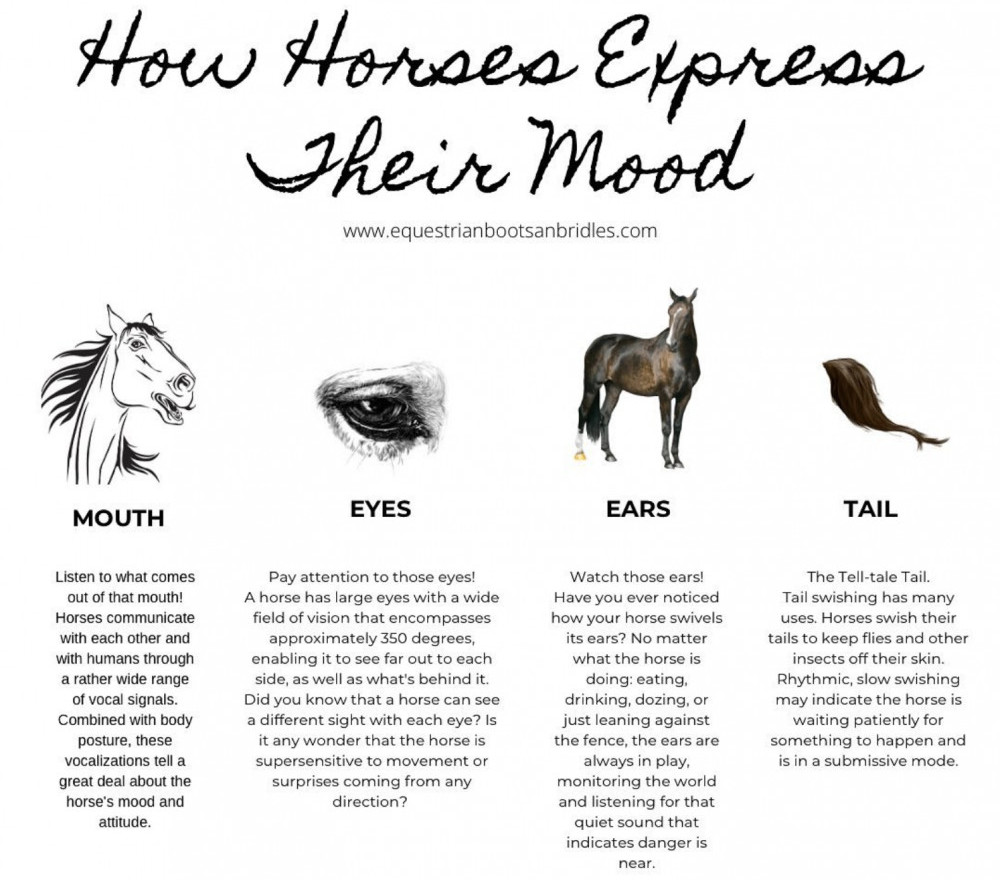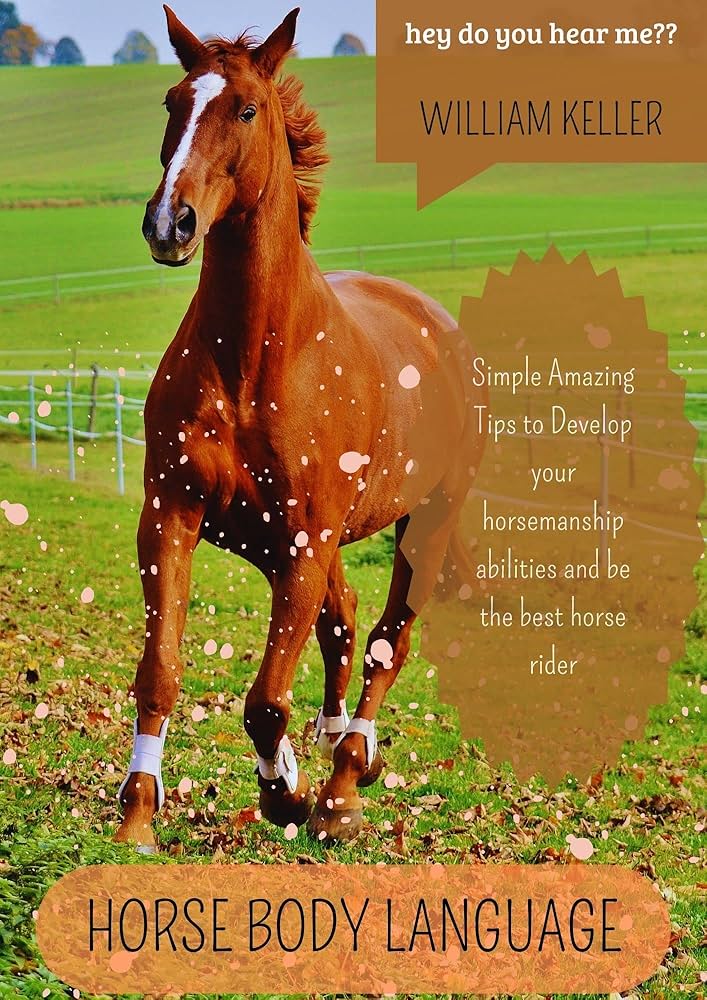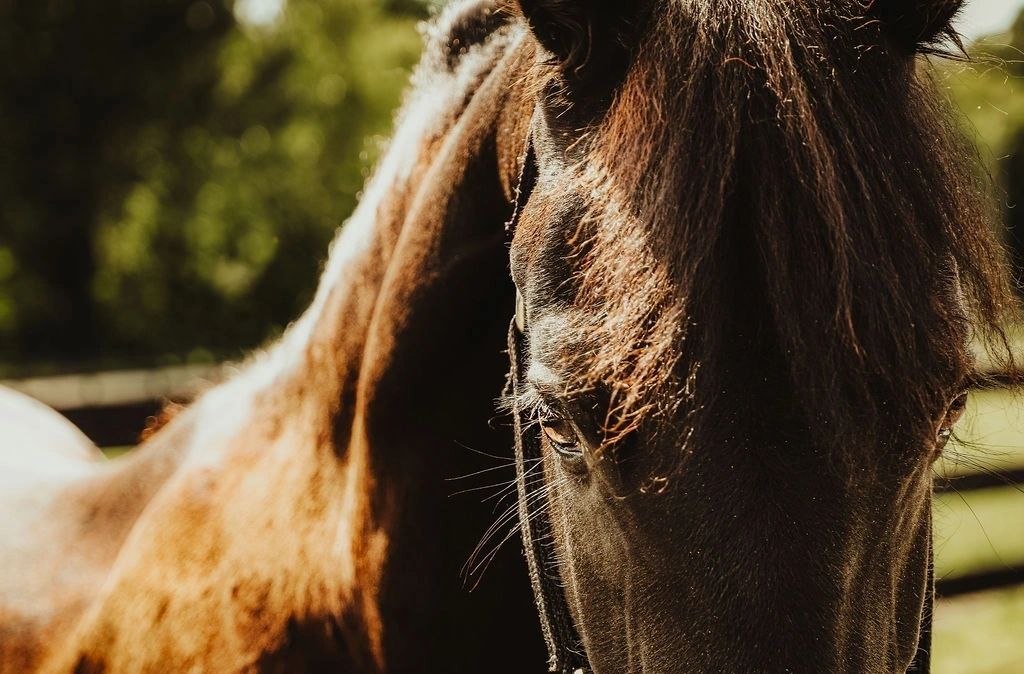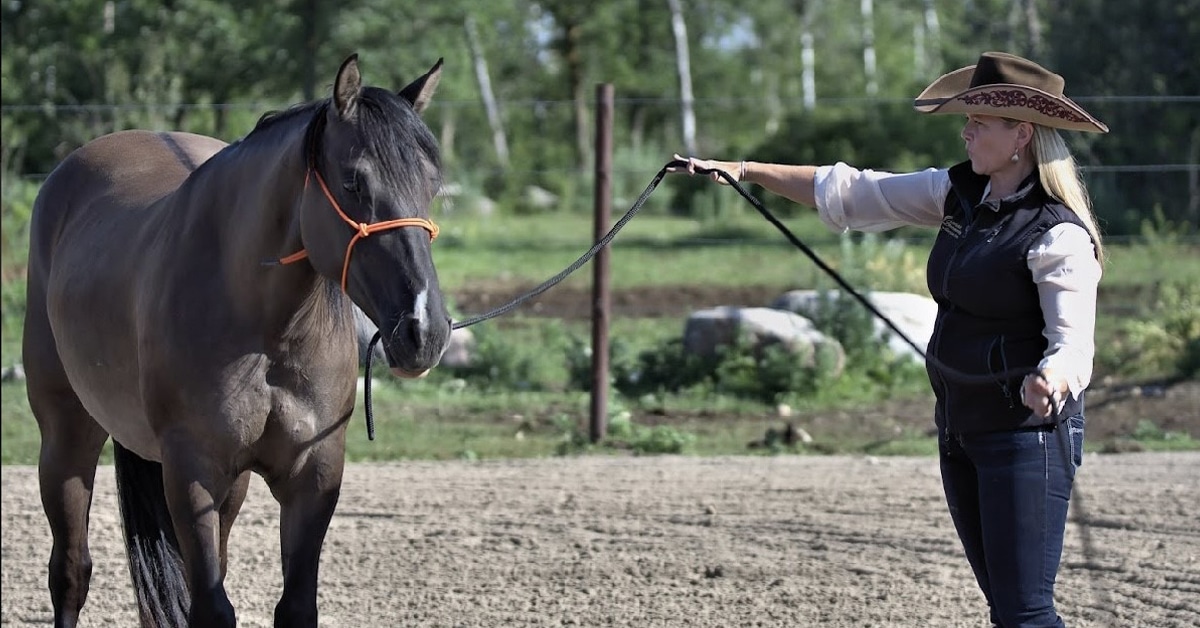Understanding the Horse’s Body Language

Horses communicate primarily through body language, using subtle and sometimes overt signals to express their emotions, intentions, and reactions. Understanding these cues is essential for anyone working with or caring for horses, as it helps build trust, improve safety, and deepen the human-horse relationship.
Why Understanding Horse Body Language Matters

- Safety: Recognizing signs of discomfort or aggression can prevent accidents.
- Training: Effective communication enhances training outcomes.
- Bonding: Understanding emotions fosters a stronger connection.
Key Components of Horse Body Language

| Body Part | What to Observe | Meaning/Interpretation |
|---|---|---|
| Ears | Position (forward, backward, pinned) | Forward: Alert/curious; Backward: annoyed; Pinned: angry/aggressive |
| Eyes | Size, whites visible, blinking | Wide eyes with visible whites indicate fear or stress; relaxed eyes show calmness |
| Tail | Position and movement | Swishing: irritation; clamped down: fear or submission; raised: excitement or alertness |
| Head | Height and movement | High head: alert or excited; low head: relaxed or tired; tossing: irritation or discomfort |
| Body Posture | Tension, stance | Tense muscles: stress or readiness; relaxed stance: calmness |
Common Horse Expressions and Their Meanings
- Snorting: A sign of alertness or clearing the nostrils.
- Nicking: A friendly greeting.
- Pawing: Impatience or frustration.
- Grinding teeth: Stress or discomfort.
How to Read and Respond to Horse Signals
- Observe carefully: Take note of multiple signals rather than a single cue.
- Context matters: Consider the environment and situation.
- Respond calmly: Use gentle voice and movements to reassure.
- Adjust your approach: Modify your behavior based on the horse’s reactions.
FAQ
How can I tell if a horse is scared?
Look for wide eyes showing the whites, ears pinned back, tense body, and rapid tail swishing. The horse may also try to move away or show signs of restlessness.
What does it mean when a horse pins its ears?
Pinned ears usually indicate anger or aggression. It’s a warning sign that the horse may bite or kick if provoked.
Can horses understand human emotions?
Yes, horses are sensitive to human body language and emotions. They can often mirror or react to the feelings of their handlers.
Why do horses toss their heads?
Head tossing can indicate irritation, discomfort, or an attempt to avoid something, such as a poorly fitting bridle.
Conclusion
Understanding a horse’s body language is a vital skill for anyone involved with these majestic animals. By learning to read their signals accurately, you can enhance communication, ensure safety, and build a rewarding relationship with your horse.
This article provides a detailed guide to interpreting horse body language, enriched with practical tips and answers to common questions, making it a valuable resource for horse enthusiasts and professionals alike.
